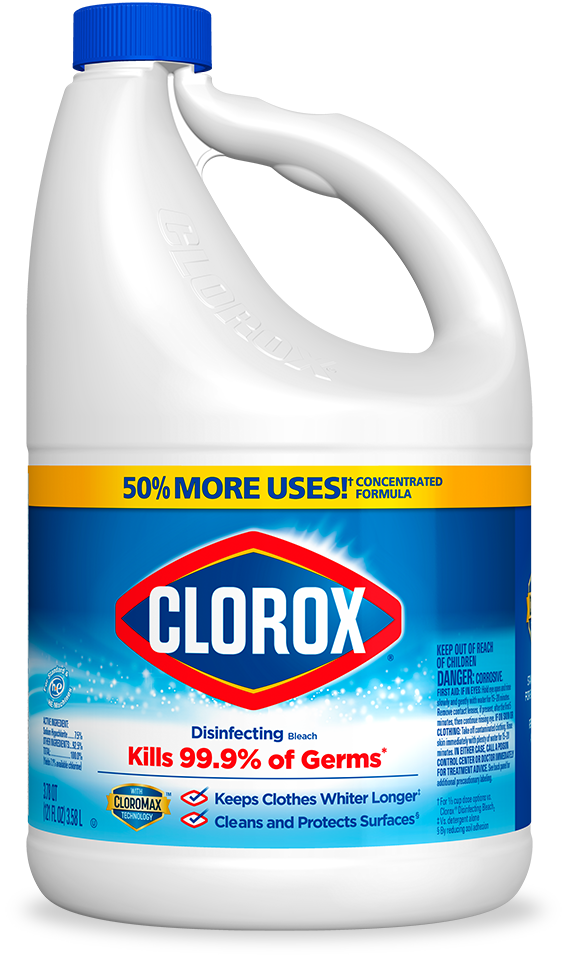
Both compounds are made of a ring with 6 carbon atoms, with things sticking out of the ring. p-phenylenediamine has the chemical formula C 6H 8N 2 and another extremely common ingredient that can be used in place of p-phenylenediamine is 2,5-diaminotoluene, with the formula C 7H 10N 2. Many permanent hair dyes use three components: ammonia (NH 3), hydrogen peroxide (H 2O 2), and p-phenylenediamine or something very similar to it.

(By the way, water is a chemical compound.) Hair dye is made of many different chemical things we call compounds. And you can look at this other site for some formulas of ingredients in other hair dyes. You can find the chemical formula of the active ingredient in the popular natural hair dye henna at this site. Let me also give you some starting points for further reading. More modern hair dyes for lightening hair will have additives designed to minimize this undesirable side effect, which is one reason why the list of ingredients on a hair dye package is long. This process may oxidize not only the natural color in the hair but also the proteins that make up the structure of the hair, leaving it brittle or "damaged". So strictly speaking, turning dark hair light is not dyeing the hair, it is "un-dyeing" the hair. This happens because the hydrogen peroxide destroys the natural color of the hair by oxidizing it. That means, it will turn dark hair lighter. Hydrogen peroxide, chemical formula H 2O2 or H-O-O-H, can be used to "bleach" hair. The most simple, and apparently also the first, hair dye is hydrogen peroxide. So I will just give you the most simple answer.

Another complication is that many dyes are only formed in the process of dyeing the hair and the formulas for the final dye are not known for sure. Different color dyes have different chemical formulas of course. This is a "big" question, because as you may imagine, a dye for turning dark hair light is different from one turning light hair dark (or some bright color). What is the chemical formula for hair dye?


 0 kommentar(er)
0 kommentar(er)
